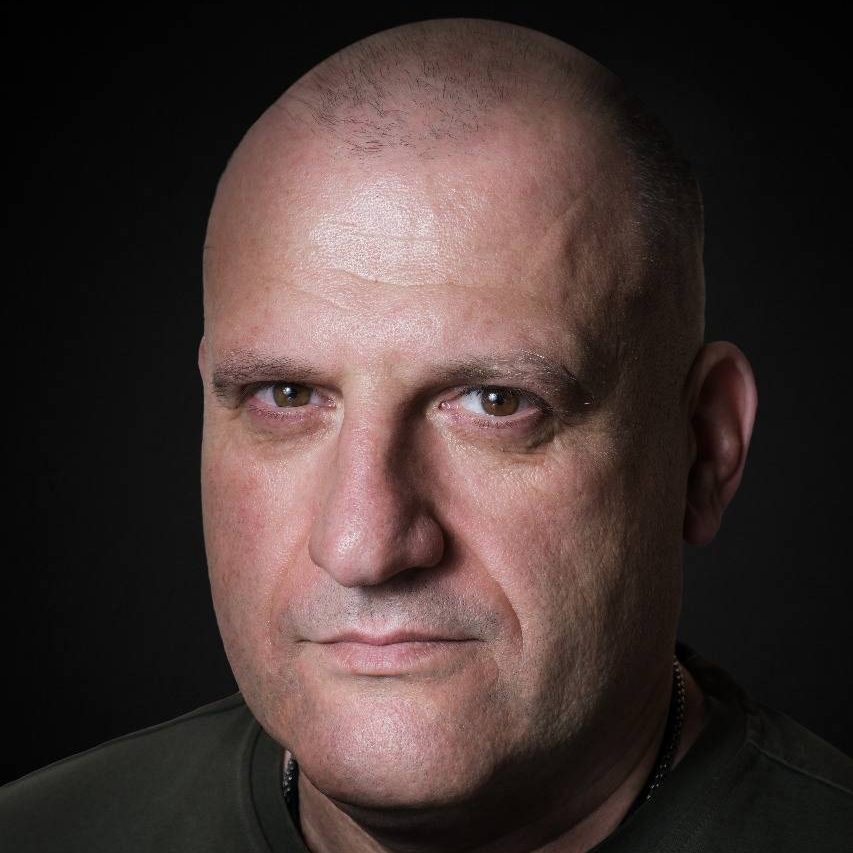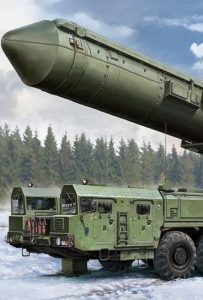
Japan and U.S. to Develop Hypersonic Missile Interceptor
Representatives of Japan and the United States signed an agreement on the development of an anti-aircraft missile Glide Phase Interceptor (GPI) program, that will be capable of intercepting hypersonic missiles.
The press release on the issue was published on the website of the U.S. Department of Defense.
Japan and the United States plan to develop a new anti-aircraft missile to counter hypersonic weapons by the 2030s under a contract signed between the two countries.
The GPI development program, which was agreed on Wednesday, May 15, will have a development budget of more than US $3 billion.
Japan’s government has already included 75 billion yen ($480 million) in its 2024 budget to develop a new rocket. The country will lead the development of rocket engines and components of the propulsion system.
“In recent years around Japan, hypersonic weapons technology has improved dramatically. Strengthening their interception capabilities is an urgent issue,” the Japanese defense ministry said in a statement.
Glide Phase Interceptor
Glide Phase Interceptor is a hypersonic missile interceptor development program led by U.S. companies Northrop Grumman and Raytheon Technologies. Companies have been working to define the concept of the system since the end of 2021.
The GPI should provide regional protection against hypersonic missiles at a speed of more than Mach 5 by intercepting them using missiles at the stage of penetration into the dense layers of the Earth’s atmosphere.
The missile will be integrated into the Aegis combat information and control system of the Baseline 9 version, which is equipped with modern Arleigh Burke-class destroyers.

Interceptors are expected to be launched from Mk.41 VLS vertical launchers, allowing them to be used on both destroyers and Typhon ground mounts. From this, we can conclude that the length of the rocket will not exceed 7 meters, and the width – 1 meter.
In the GPI design, Raytheon specialists intend to use components that have already been tested in other missile and hypersonic programs.
Prior to this, the U.S. Missile Defense Agency said that the modern U.S. missile defense system “may have problems with effectiveness against promising Russian and Chinese weapons.”
SUPPORT MILITARNYI
Even a single donation or a $1 subscription will help us contnue working and developing. Fund independent military media and have access to credible information.


 Андрій Соколов
Андрій Соколов 
 Urich
Urich 
 Андрій Харук
Андрій Харук 
 Контужений Безпілотник
Контужений Безпілотник 

 Центр ініціатив ПЖ
Центр ініціатив ПЖ 



 Vadim Kushnikov
Vadim Kushnikov 
 Андрій Тарасенко
Андрій Тарасенко 
 Юрій Юзич
Юрій Юзич 
 Віктор Шолудько
Віктор Шолудько 




